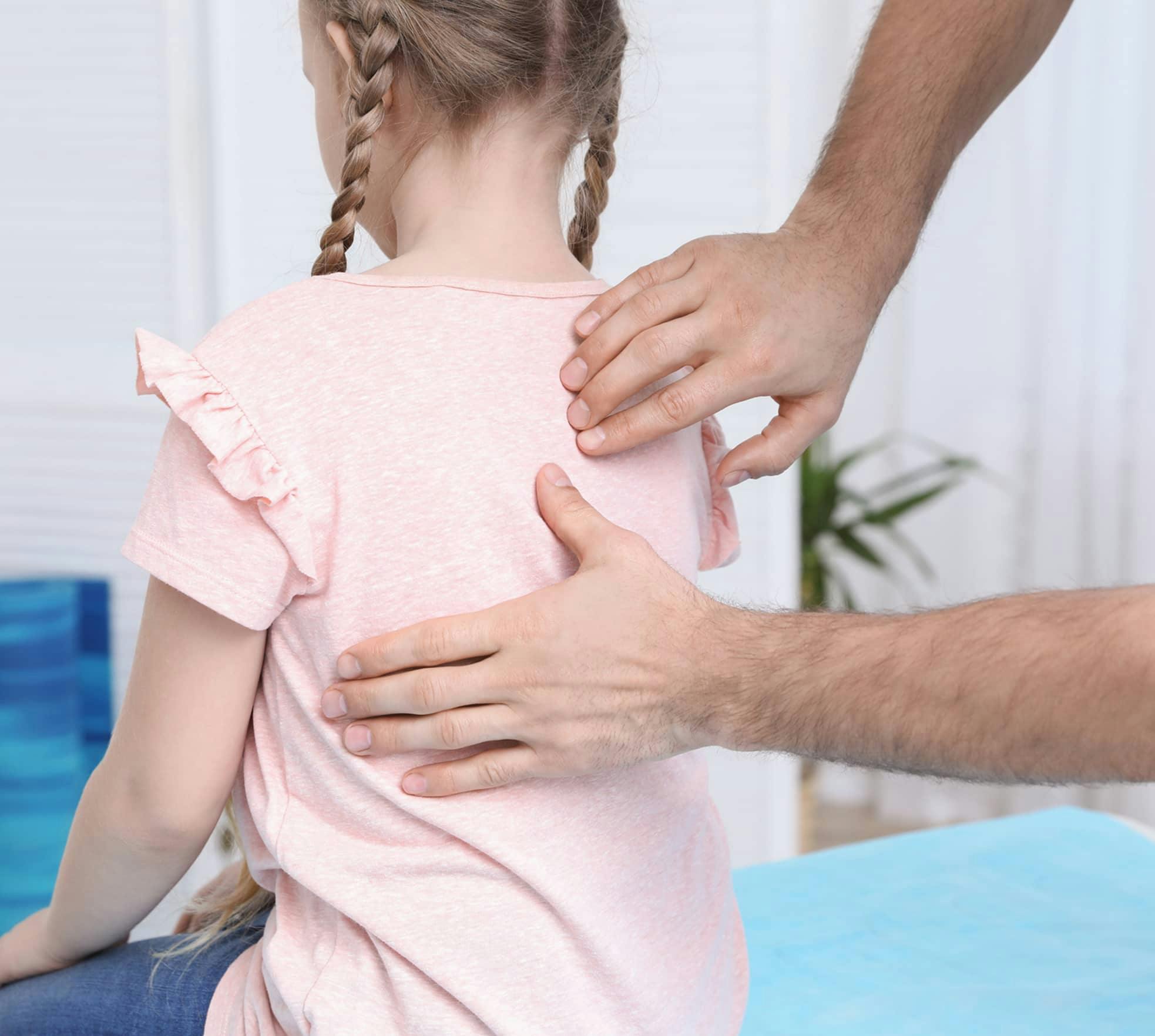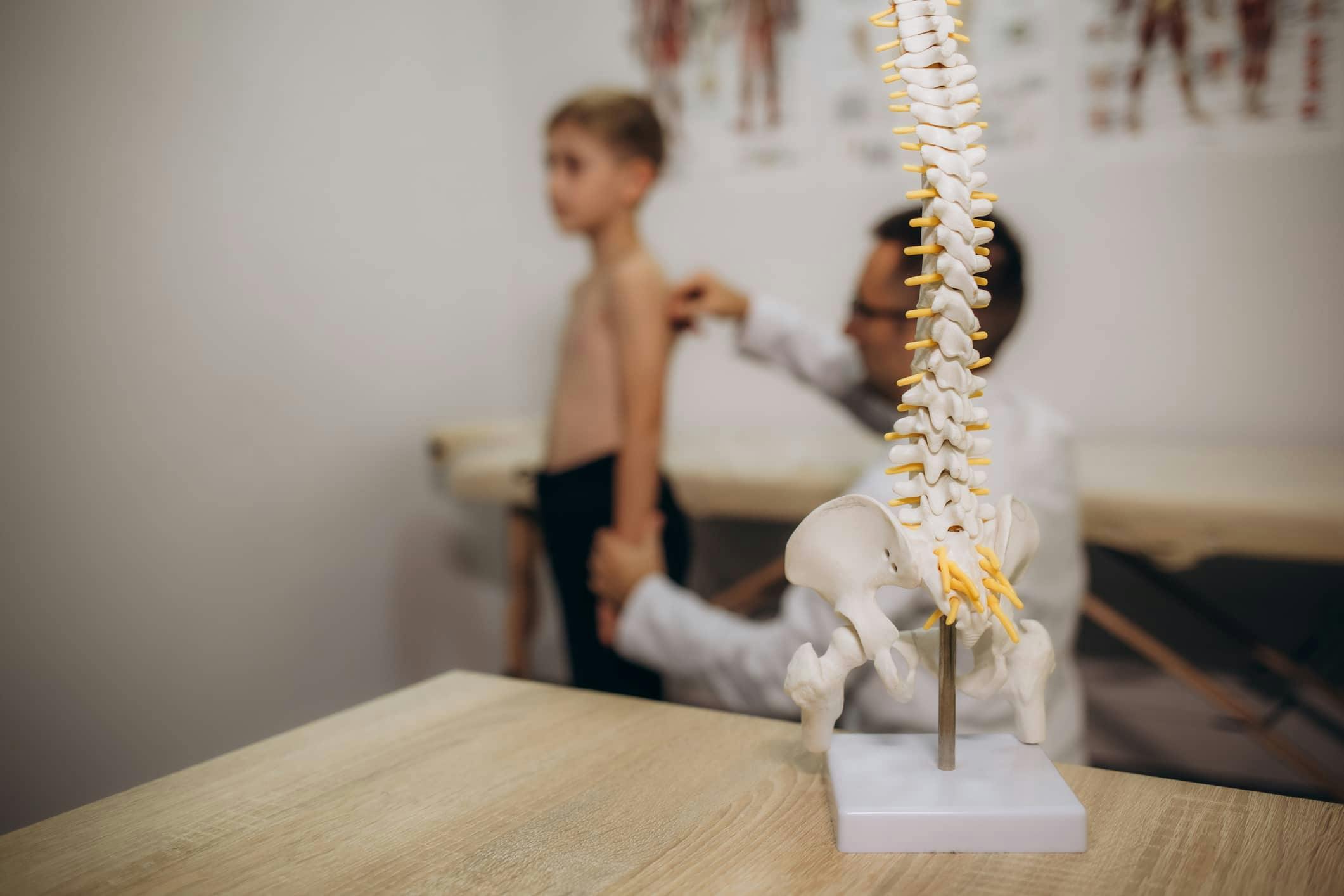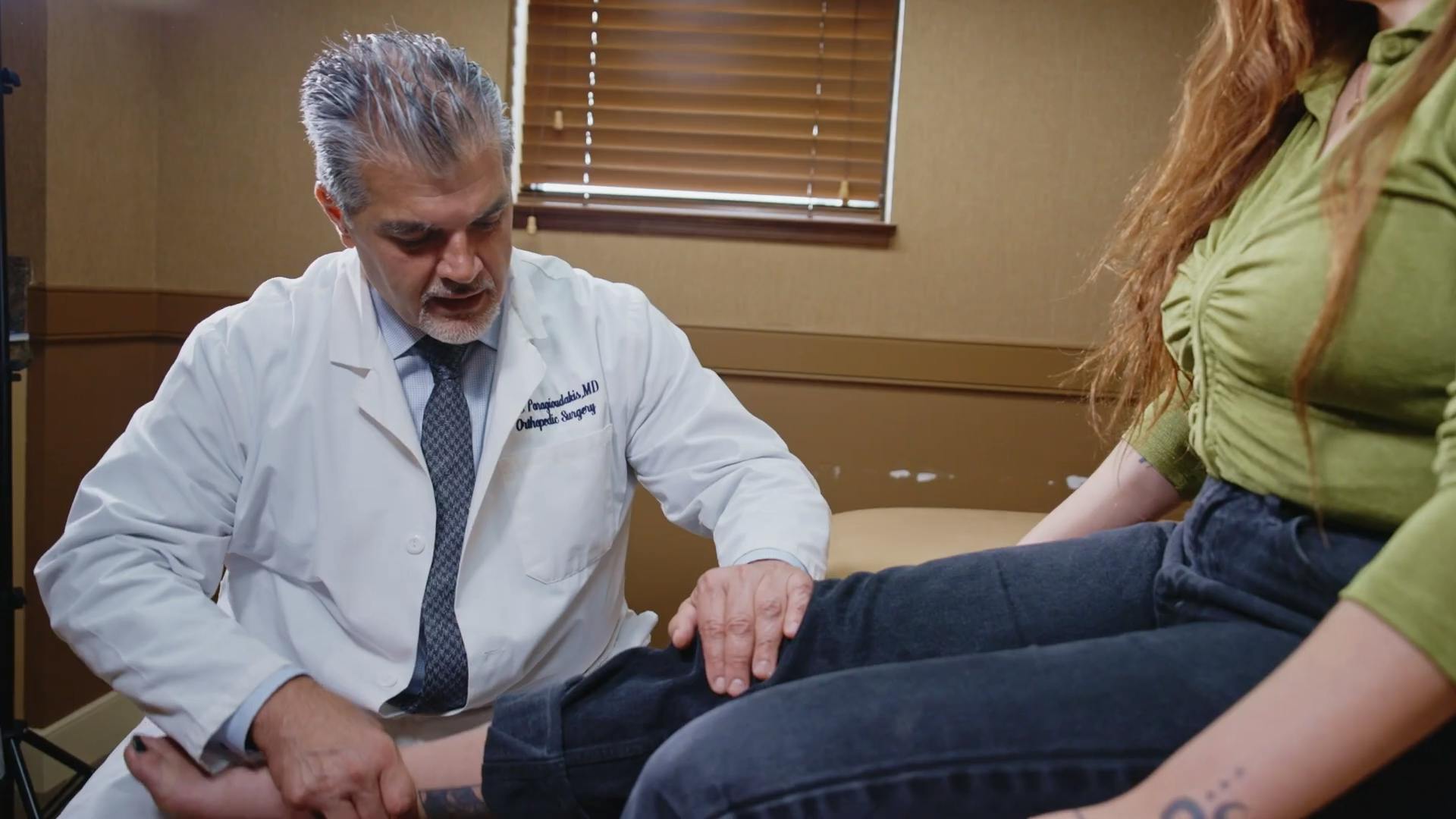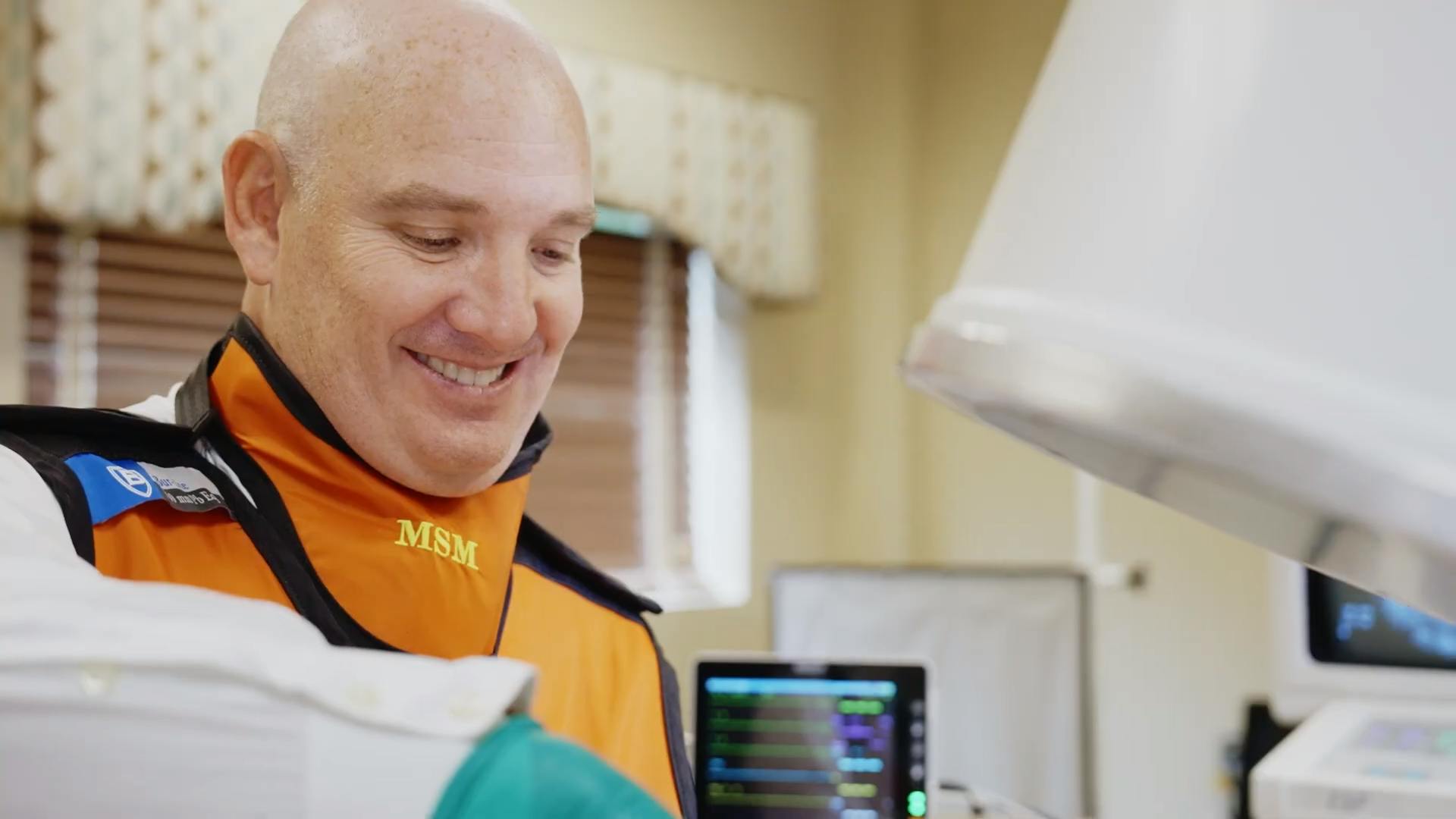Personalized Solutions for a Pain-Free Future
Welcome to the Center for the Functional Restoration of the Spine, your gateway to comprehensive spinal care. Our dedicated team of experts, including Dr. Steve Paragioudakis and Dr. Marc Menkowitz, is committed to helping you overcome pain and regain your quality of life. With three convenient locations in Edison, Shrewsbury, and Toms River, New Jersey, we are here to provide you with top-notch care and personalized treatment options. Don't let pain or chronic conditions hold you or your child back; take the first step towards a pain-free future by scheduling an appointment with us today. Your journey to improved health starts here.
Scoliosis: We Can Straighten the Spine
Braces may provide an effective treatment option for children with scoliosis, especially for those who have not yet reached skeletal maturity and have relatively small curves that have nonetheless demonstrated progression.
Outfitting a still-growing child with a custom-fitted brace can curtail the progression of the curve. To ensure its effectiveness, the child should attend regular check-ins with the Center for the Functional Restoration of the Spine Orthopedist.
Among other important evaluations, the doctor will use a non-invasive method of measurement called a scoliometer to monitor the size and any progression of the scoliotic curve.
The Right Treatment Options for Your Family’s Lifestyle
When considering a brace as a treatment option for scoliosis, it is important for you and your child to consider the viability of this option. Braces should not prevent your child from participating in daily routines except for certain high-impact athletic activities. However, you should discuss with your child his or her commitment to wearing the brace daily for an extended period. Some children are reluctant to comply because they feel self-conscious among their peers. Remember, wearing a brace only part of the time prescribed may negate the effectiveness of the treatment.


What to Expect from Your Brace
While braces cannot “correct” a curve, they can stop its progression until bone maturity. For this treatment to be successful, however, it is extremely important that your child wear the brace as directed by the child’s doctor. Braces are most effective when a patient simultaneously undergoes physical therapy. At the Center for the Functional Restoration of the Spine, we provide comprehensive care, and you can expect your child’s bracing treatment plan to include a therapeutic routine that ensures that the muscles around the back, trunk, and abdomen remain strong.





